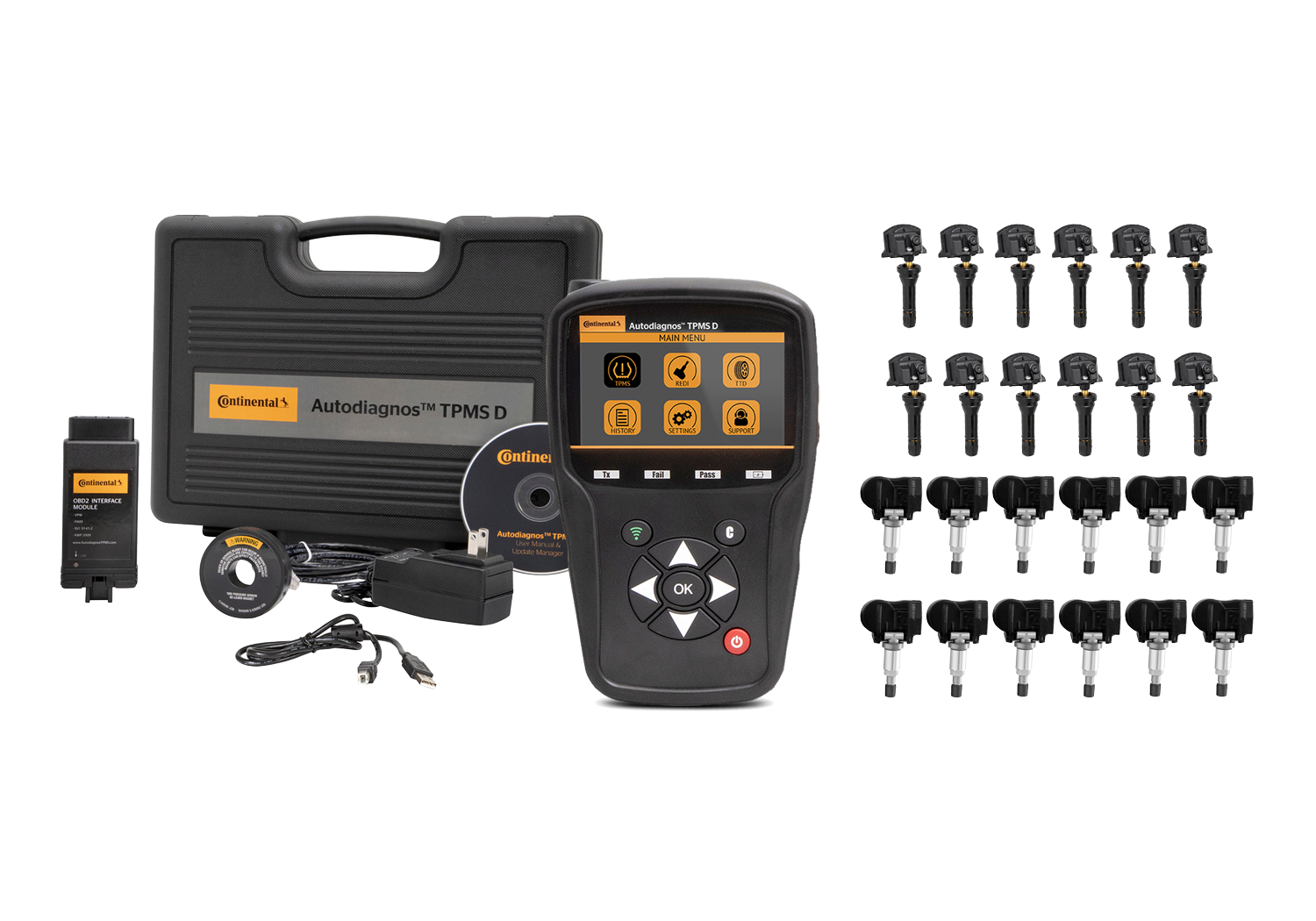A Tire Pressure Monitoring System (TPMS) sensor is engineered to survive and perform under very harsh road conditions. A TPMS sensor’s typical operational life span is five to 10 years — depending on the type of sensor, how the vehicle is used and a variety of other conditions.
TPMS sensor batteries are sealed in the sensor housing and cannot be serviced. When the battery is depleted, the sensor can no longer provide protection to the driver and passengers and must be replaced.
Key factors affecting sensor battery life include:
Driving vs. parked – More transmissions are sent while the vehicle is driving, using more battery energy.
Sensor specifications – Some sensors have an additional factory-enabled parking supervision mode, whereas others only transmit during motion.
Temperature extremes – Exposure to very hot and cold temperatures can affect sensor operation and damage the battery.
Battery type – CR type batteries have a lower self-discharge and poor performance at low temperatures, but they are more able to withstand extremely high temperatures.
TPMS sensor efficiency – The Application-Specific Integrated Circuit (ASIC) in older-generation sensors consumed a lot more energy than current models.
Battery capacity – Capacities typically range from 350mA up to 560mA across the industry.
Sensor battery diagnosis
It’s not always easy to assess the actual condition of a sensor battery, unless it has already gone bad! When that happens, the sensor stops transmitting and sets off the vehicle’s malfunction indicator lamp (MIL). A weakened battery can result in sporadic TPMS operation. Some TPMS scan tools have a battery status check, which can help identify a battery with reduced voltage.
Low-temperature troubleshooting
Not all TPMS sensor transmission issues are battery-related. Cold temperatures can create a frustrating TPMS ‘Christmas tree’ intermittent light effect, from a low tire pressure telltale, to a system MIL, or a back-to-back combination of the two. For example, the first frost of the season or a big drop in overnight temperatures can set the stage for this scenario. When temperatures drop, so does pressure, which can lead to the low tire pressure telltale. That’s why it’s important to maintain proper placard pressure at all times, especially with the change of each season, when temperature fluctuations are most likely. Extremely low temperatures can further cause sensor battery inoperability, thereby illuminating the MIL.
